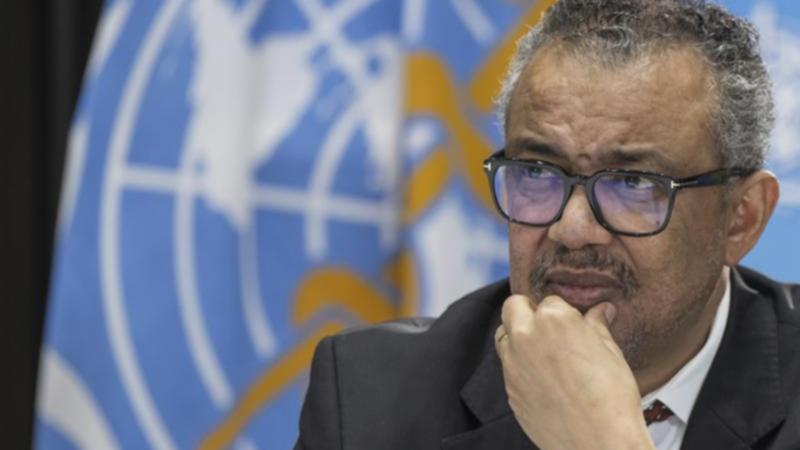WHO: DR Congo hemorrhagic fever death raises new questions about mystery virus alongside malaria

A man in western Democratic Republic of Congo has died with hemorrhagic fever symptoms, leading officials to suspect that a still-unidentified virus may be involved alongside malaria in a mysterious outbreak that has killed dozens of people, health authorities say.
DR Congo authorities said last week that they suspected malaria in the flu-like disease outbreak, which has killed at least 37 people and in which more than four out of five patients have tested positive for malaria.
But the death of the man with hemorrhagic fever - not normally associated with parasite-caused malaria - could indicate a virus at work as well.
Sign up to The Nightly's newsletters.
Get the first look at the digital newspaper, curated daily stories and breaking headlines delivered to your inbox.
By continuing you agree to our Terms and Privacy Policy.The man died on Thursday in the remote Panzi area of Kwango province where the outbreak has been recorded, Africa Center for Disease Control and Prevention official Ngashi Ngongo told reporters.
That has led to a working hypothesis that the outbreak is either “severe malaria on a background of malnutrition” or “a viral infection that is happening on the background of malaria,” Ngongo said.
Malaria is endemic in the Panzi area, where there also are high levels of malnutrition, complicating the diagnosis of the latest outbreak.
So far, there have been 592 reported cases and 37 deaths confirmed in health facilities, Ngongo said.
That is an increase of 65 cases and 5 deaths compared to last week. T
here have been an additional 44 deaths documented in communities, which are currently being investigated.
Out of samples taken from 51 cases, 86 per cent have tested positive for malaria.
Tests for additional diseases are being conducted at laboratories and are expected next week, Ngongo said.
The head of the World Health Organisation, Tedros Adhanom Ghebreyesus said last week that most of the blood samples collected in the Panzi area were positive for malaria but that it was possible that more than one disease was involved.
He said further samples were being collected and tested.
Most of the cases and deaths reported in Panzi have been children under 14, according to the WHO.
The symptoms have included fever, headache, cough and anemia.
Experts from the WHO and DR Congo’s National Rapid Response Team were in the area last week to investigate and take samples.
The Panzi health zone, about 700km from the capital Kinshasa is hard to access.
The experts took two days to arrive, according to DR Congo’s health minister.
Because of the lack of local testing capacity, samples had to be taken to Kikwit, more than 500km away, the head of the National Institute for Public Health Dieudonne Mwamba said last week.
Panzi was hit by an epidemic of typhoid fever two years ago and there is currently a resurgence of seasonal flu across the country, Mwamba added.
The area also has low vaccination coverage, leaving children vulnerable to a range of diseases including malaria, the head of the WHO said on Tuesday.
